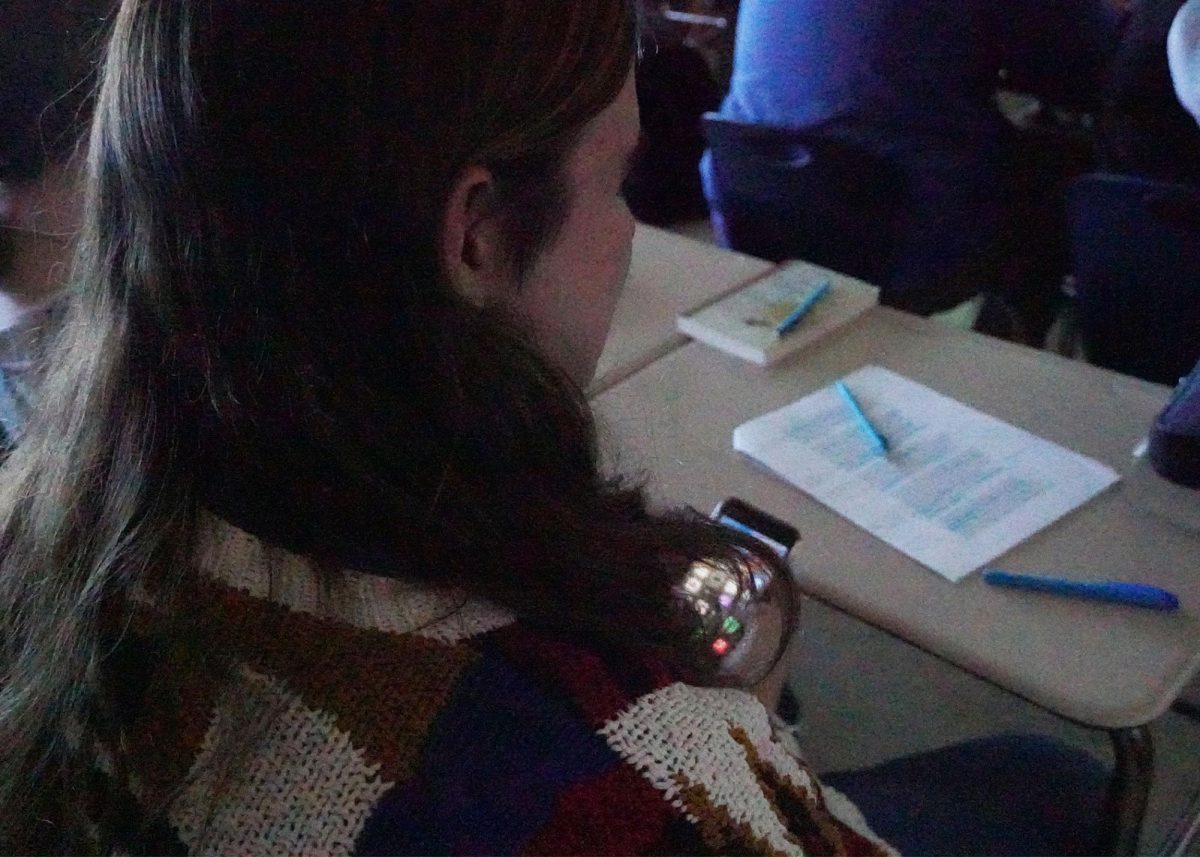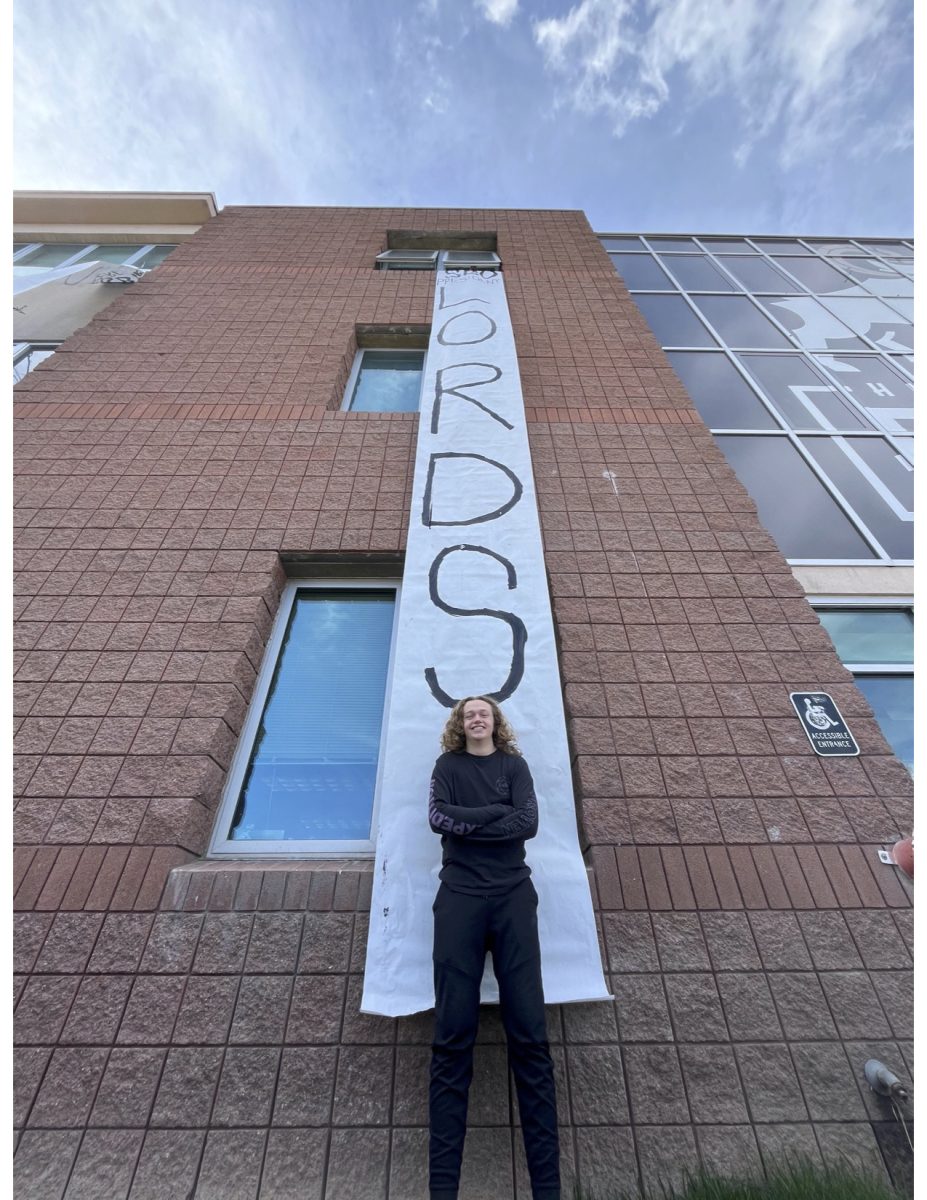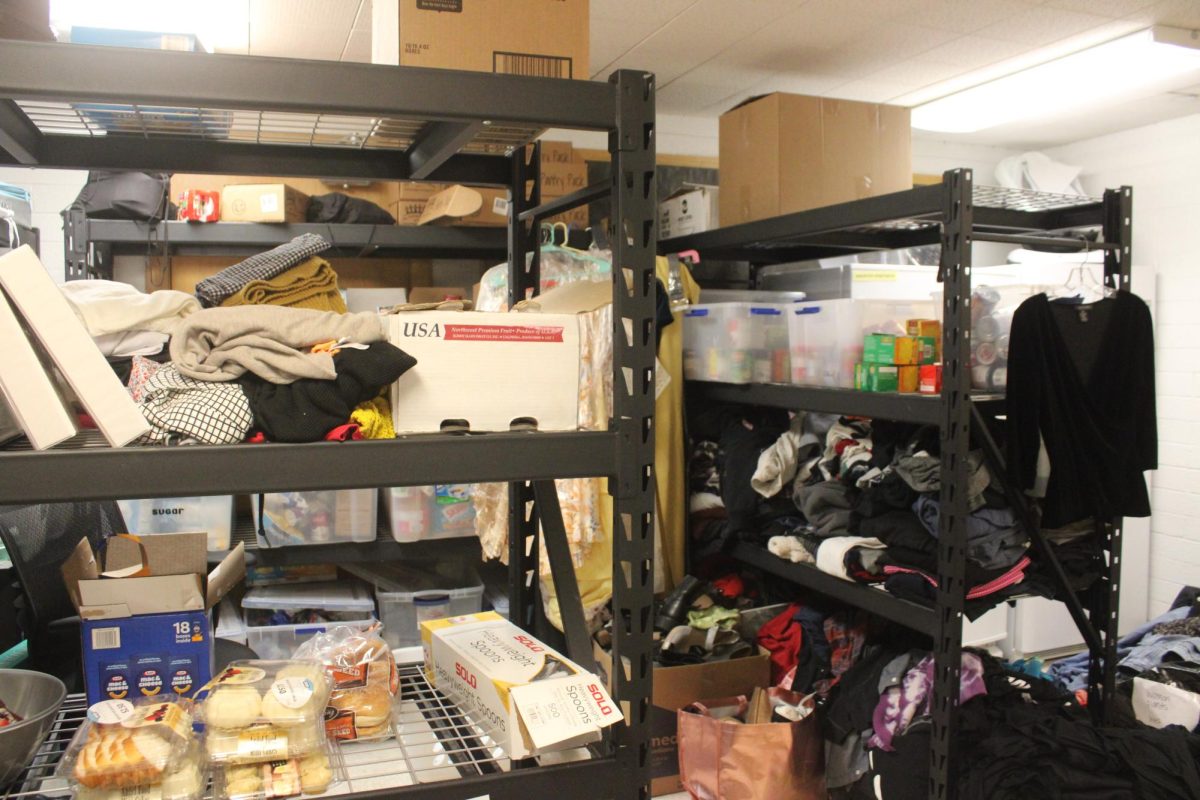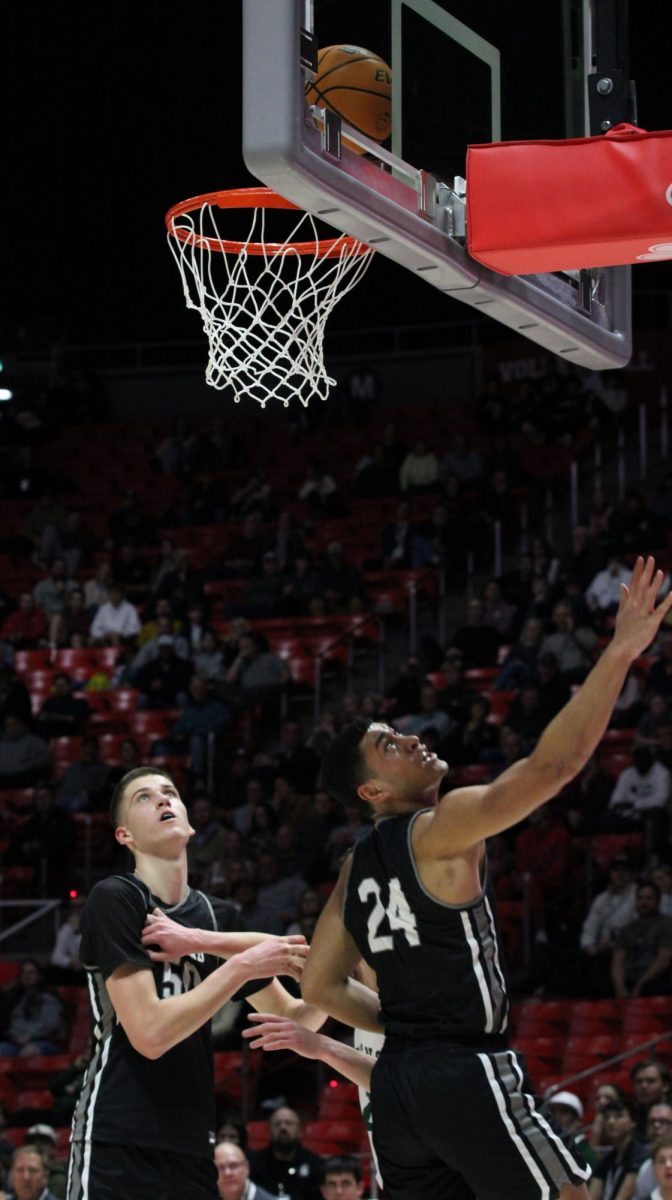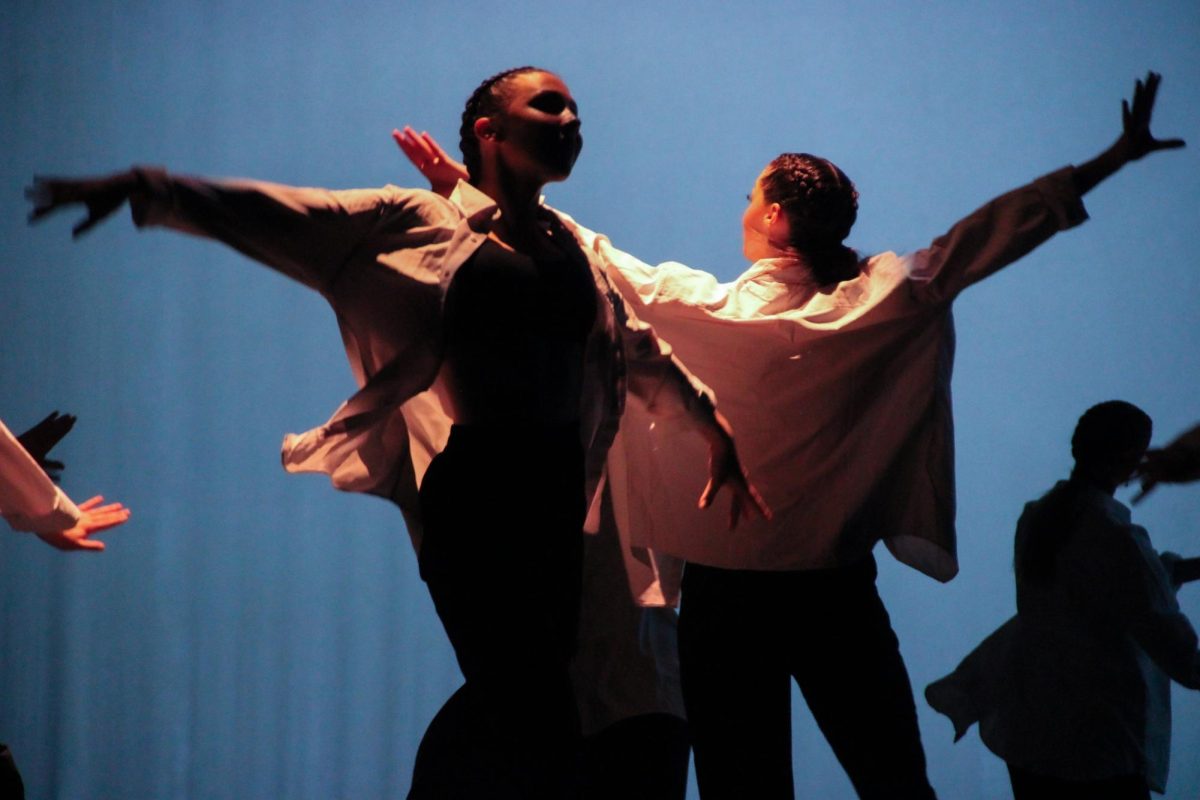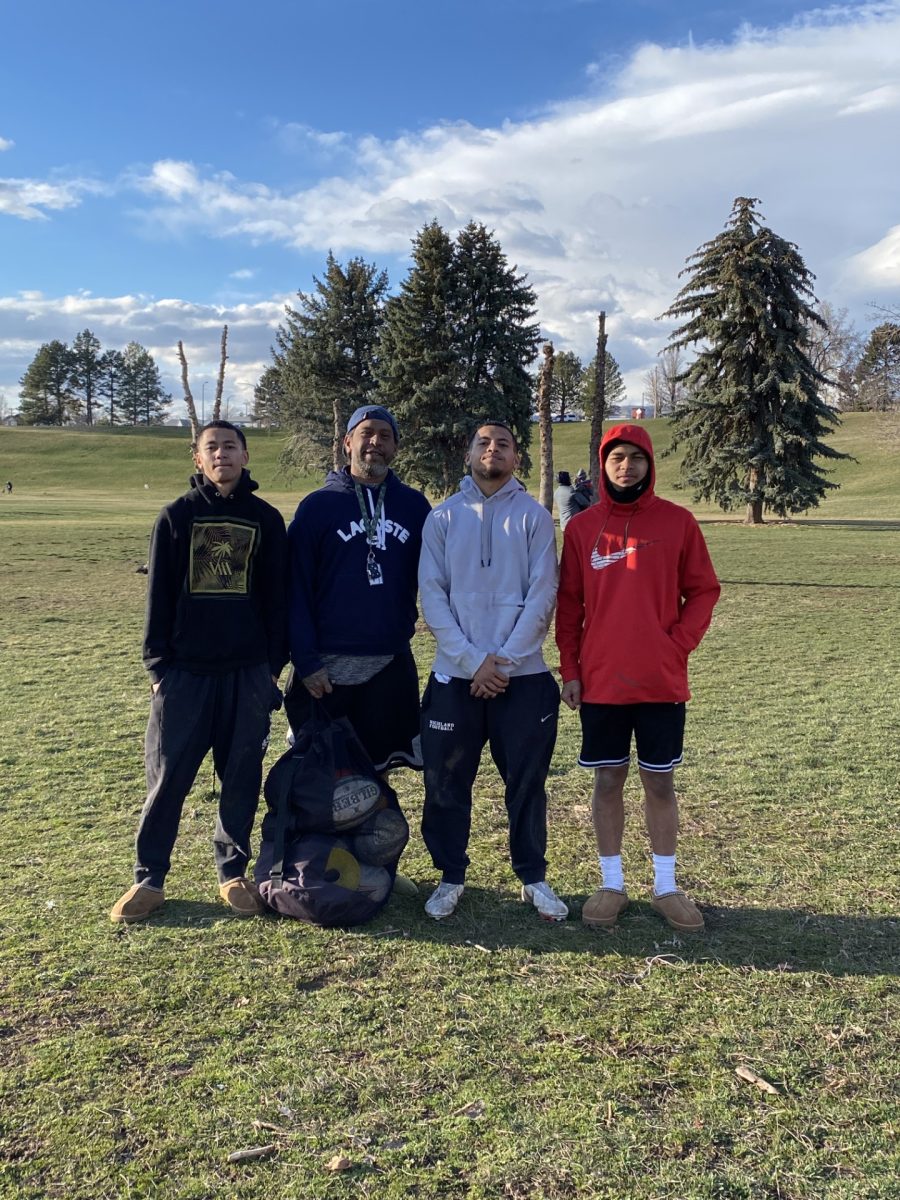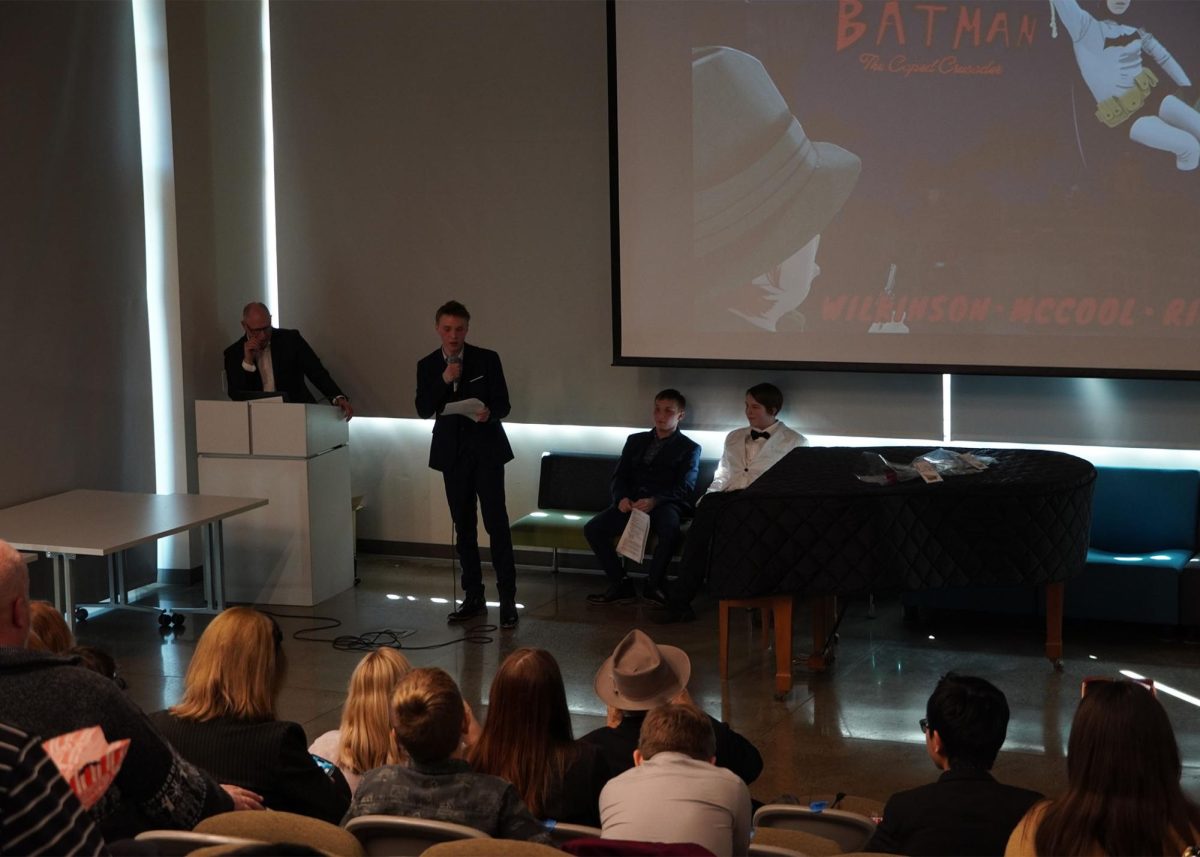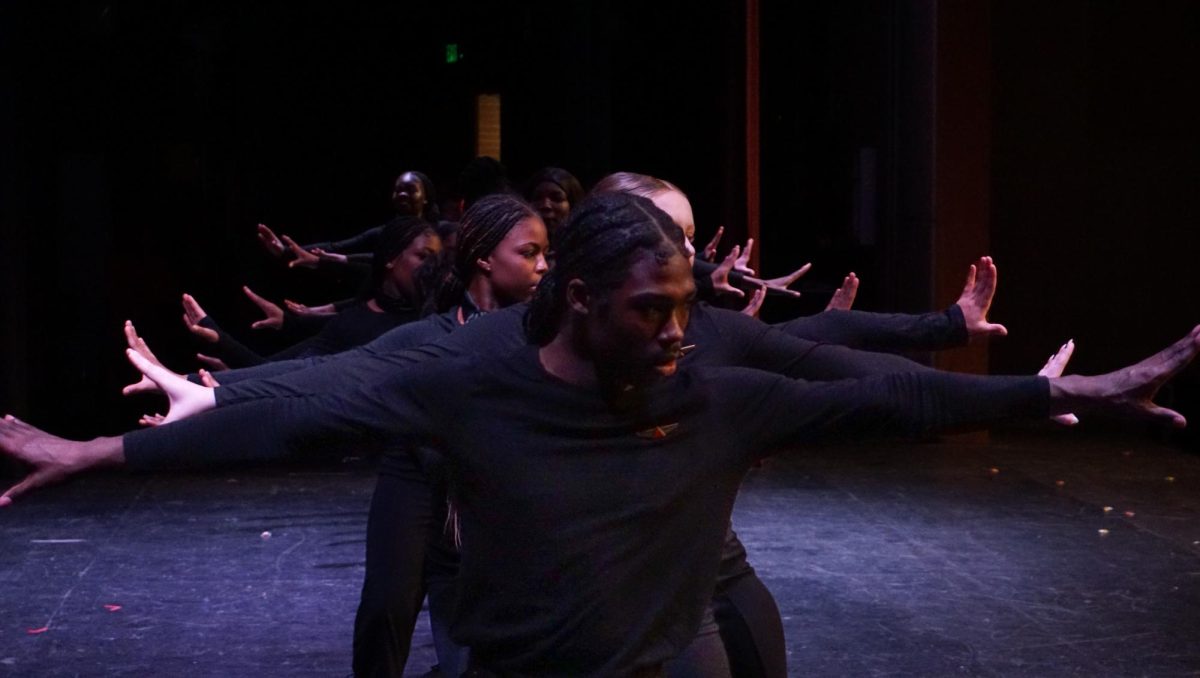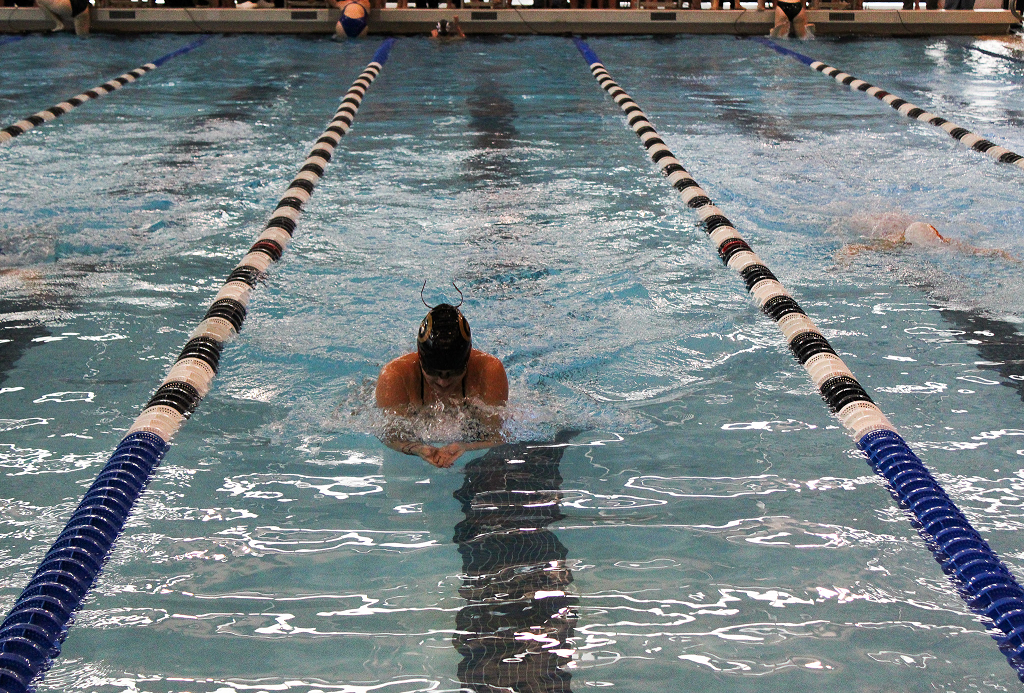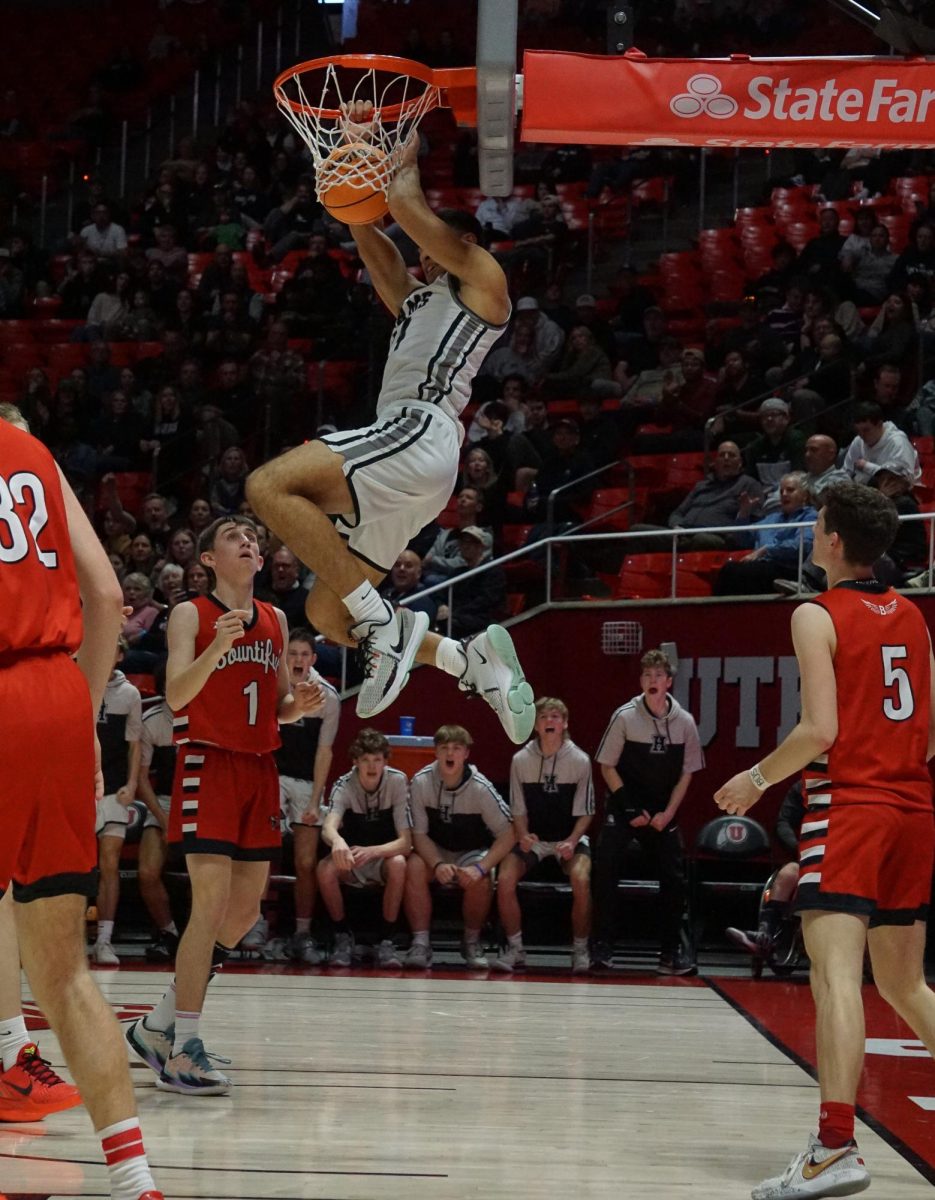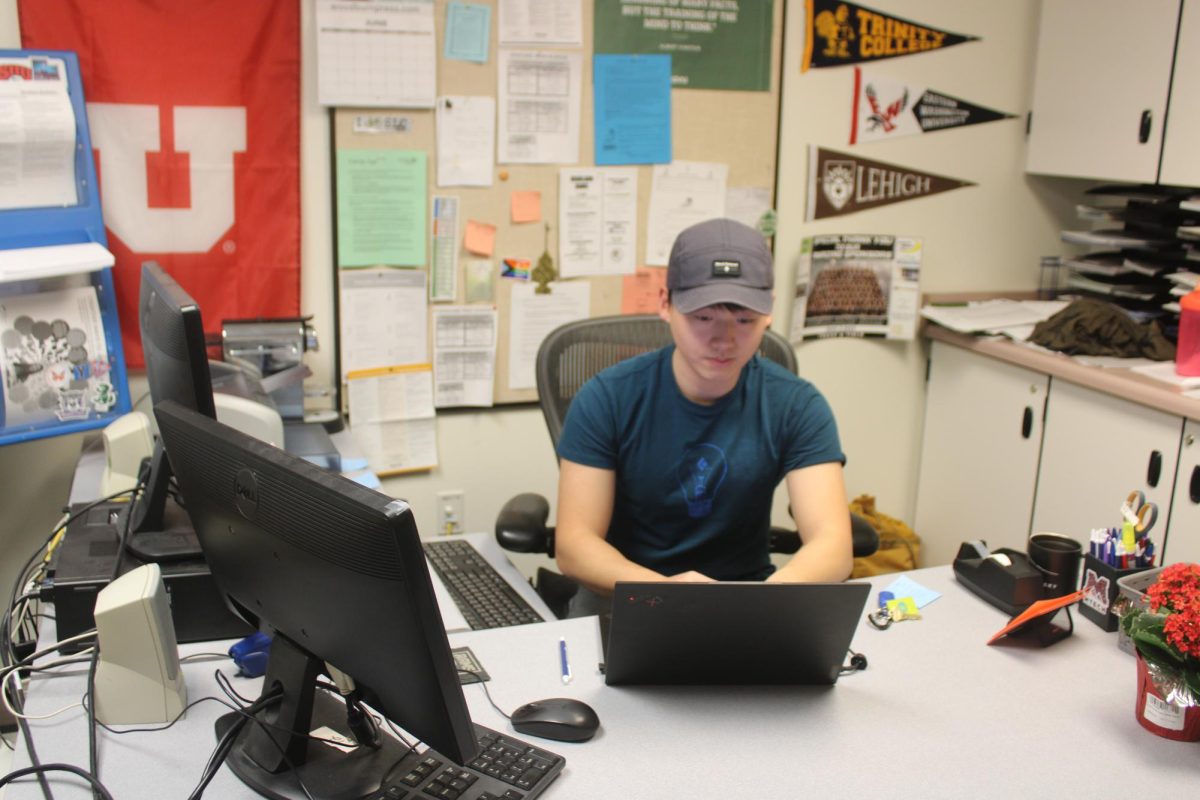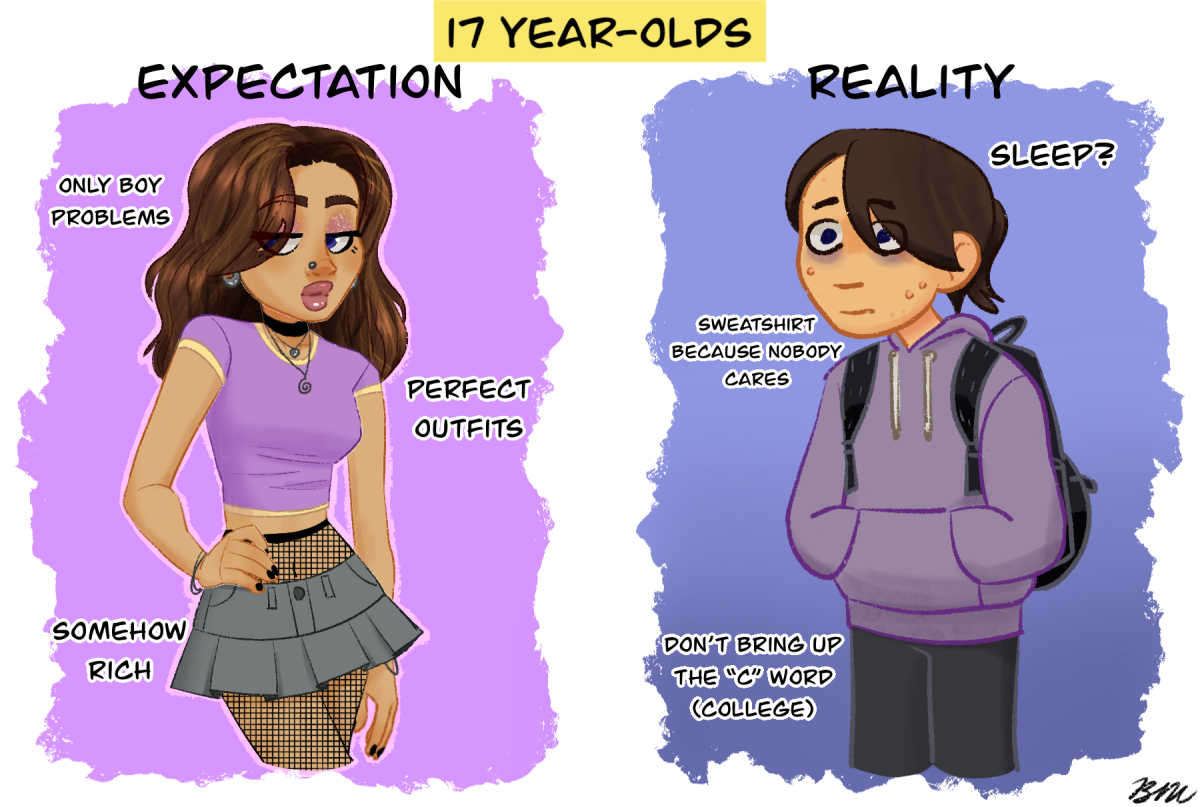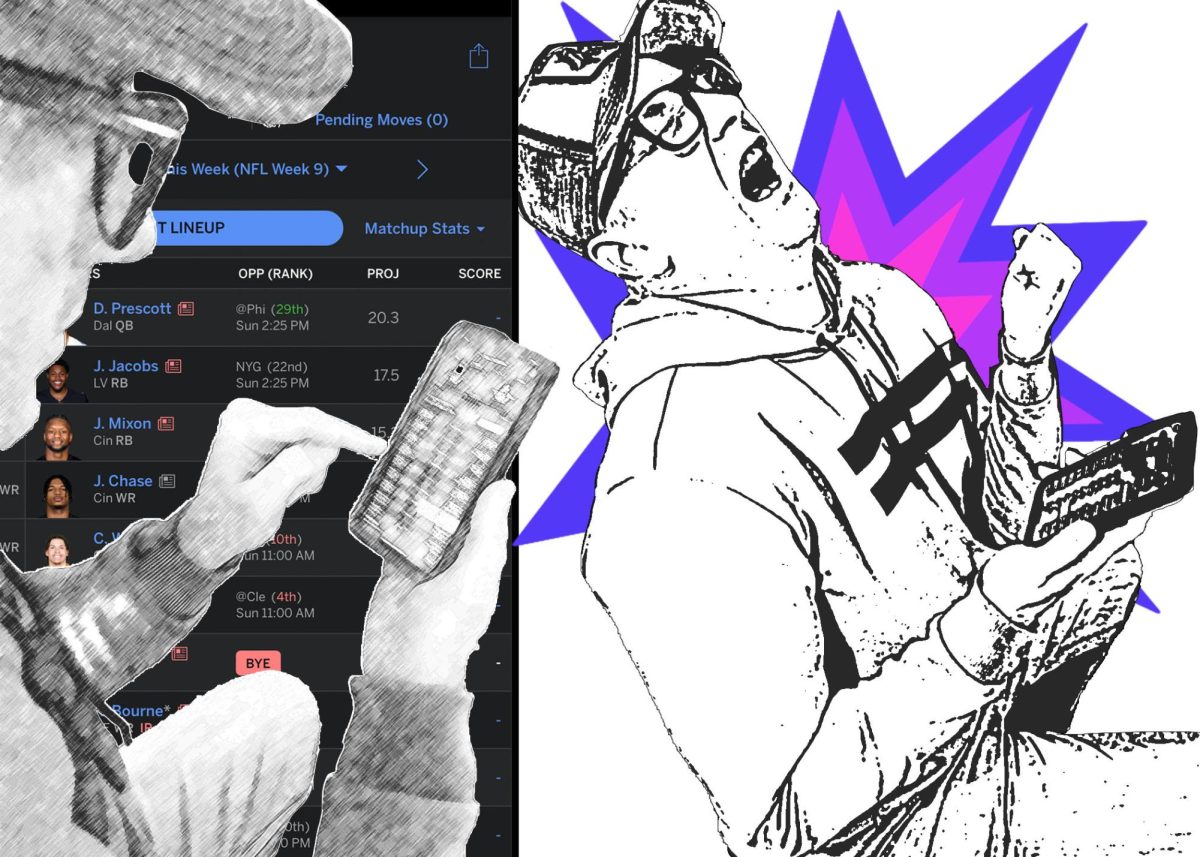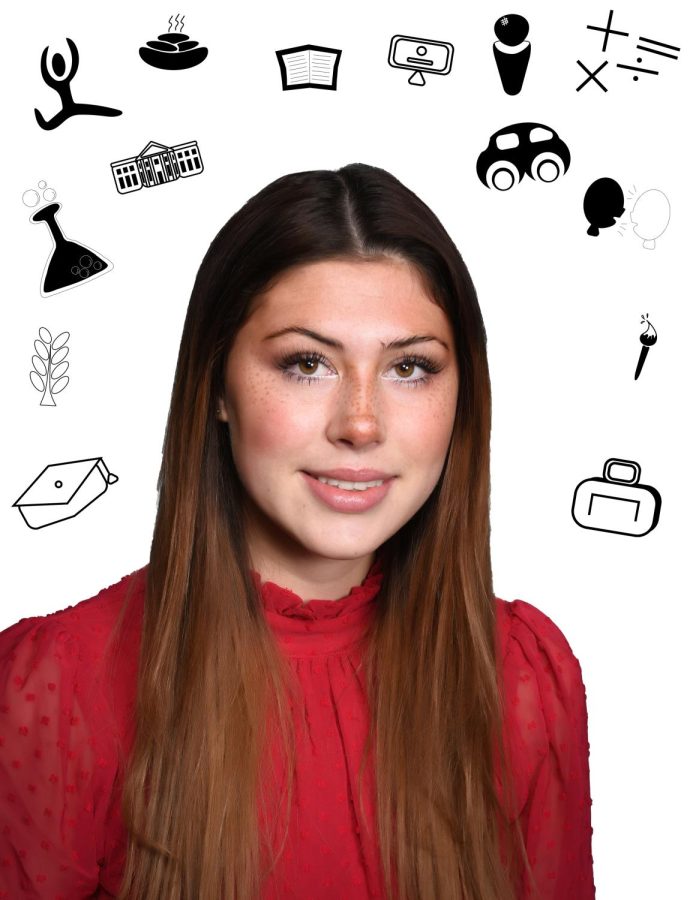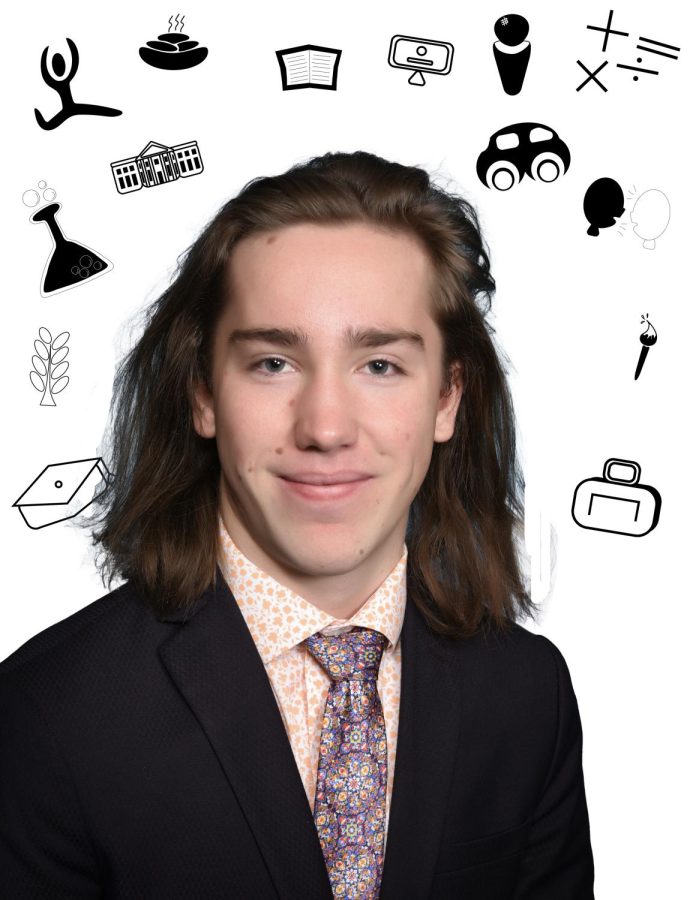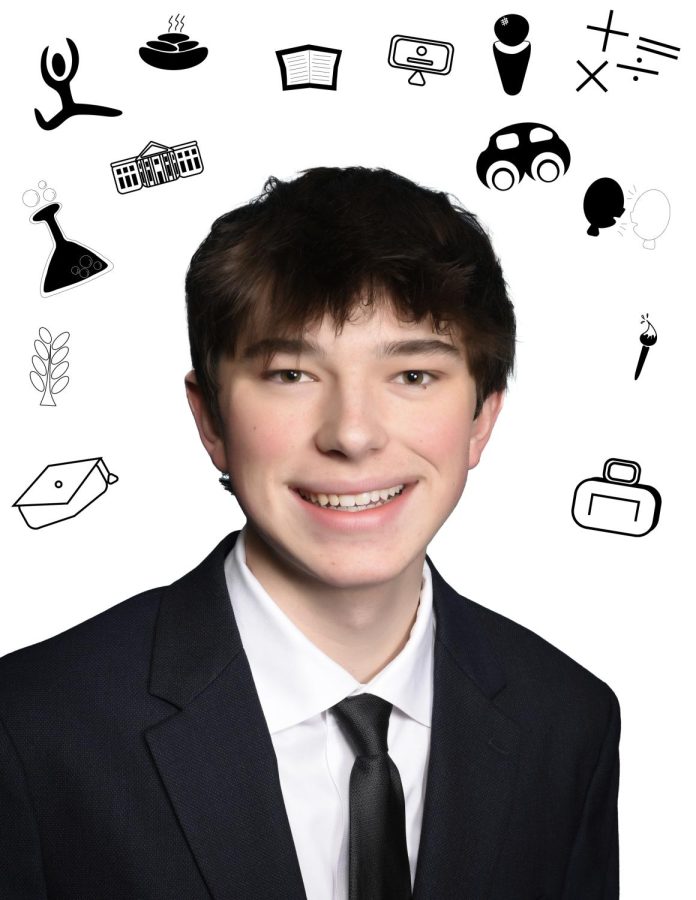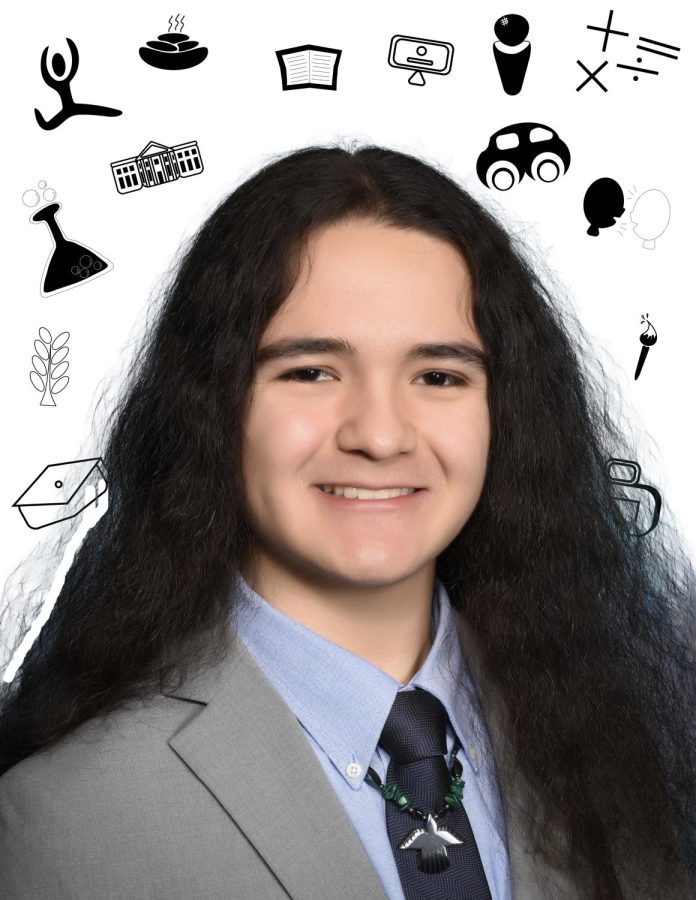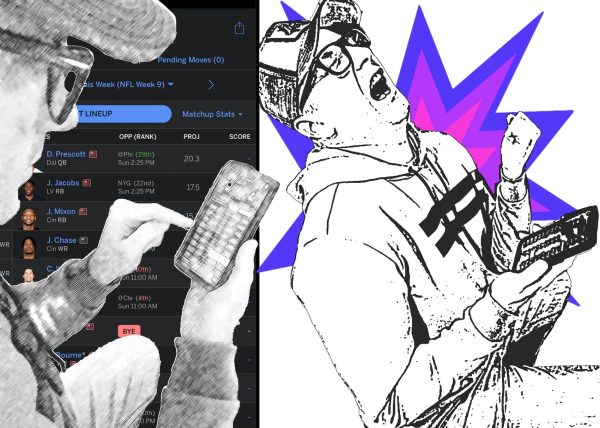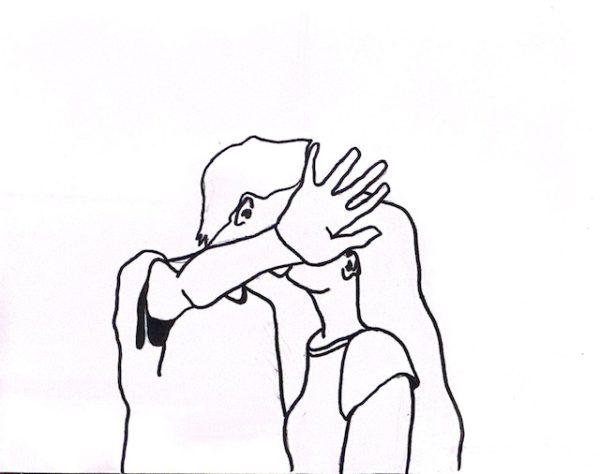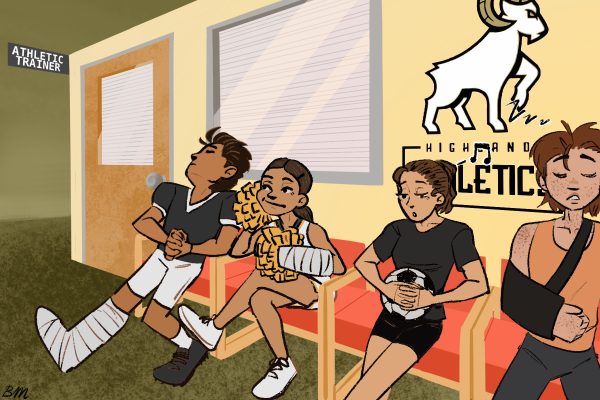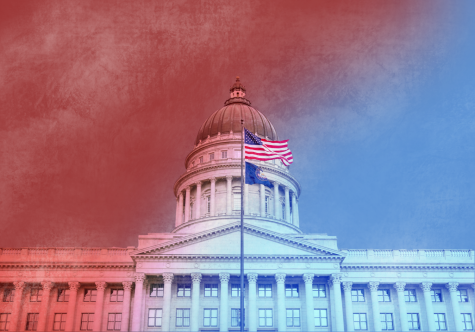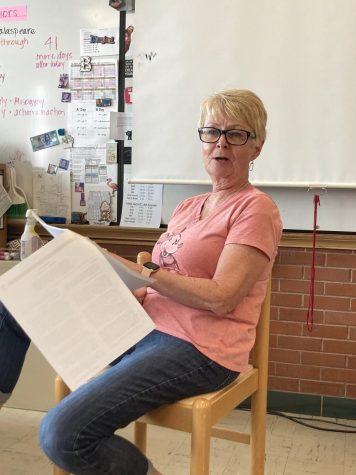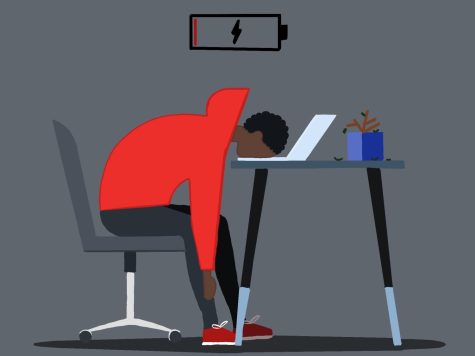Reopening Schools is a Bad Idea
February 2, 2021
When schools first closed last year, Utah was seeing around 80 new cases a day. On Jan. 24, 2021, 1,516 new coronavirus cases were reported—and that is a few days after the school board announced the reopening of in-person learning.
What is the difference between then and now? Are positivity rates lower? Does everybody have access to a vaccine? Or are we just getting tired and impatient?
In the Salt Lake City School District’s original 2020-21 Restart Plan, it states that “if Salt Lake County has a positive test percentage below 5 for seven consecutive days and the number of daily cases is less than 10 per 100,000 individuals, the District will transition to either a hybrid model or a 100% in-person model.” From Jan. 15 to Jan. 22, the average positive test percentage in Salt Lake County was 17.61%. The 14-day case rate per 100,000 population was 824.6, according to the Salt Lake County Health Department.
According to the original plan, we are far from meeting the requirements to go back. Recommendations from public health officials haven’t changed. And yet, this seems to have become irrelevant in the decision-making process.
During its Jan. 5th board meeting, the Salt Lake City school board decided to return to school contingent on the vaccination of all SLCSD teachers. The board meeting on Jan. 19 resulted in a vote that removed this precaution. High schools are now opening in a week, despite the fact that many teachers have not received their first round of the vaccine and none have received the second dose.
The first week of vaccine rollout in the SLCSD saw 800 vaccinations, but that number dropped the next week to 300, which Highland principal Jeremy Chatterton said is the number they have been told to expect in the coming weeks.
“With the numbers we’re working with, it’s going to be quite some time before every teacher has had the opportunity to get both vaccines. I could see that potentially going into April,” Chatterton said.
This is especially an issue for teachers who are immunocompromised. The order of vaccine rollout has been determined solely based on age, without taking into account health issues or other special circumstances. It has also been made clear by the superintendent that teachers will be expected to be back in class. The only option for these teachers is to apply for a Family and Medical Leave (FMLA) through the district.
“If they were denied the FMLA then really it would be a matter of them either choosing to come back to school at that point or resign their position,” Chatterton said.
First, it was 5% positivity. Then, it was tied to the vaccine plan. Now, it is nothing but an arbitrary date not guided by science or facts, but more likely legislative and parental pressure.
In December, a group of parents filed a lawsuit against the SLCSD, superintendent Larry Madden, and the SLC School Board, arguing that the district’s choice to operate fully remote was causing a “historic deprivation of rights.” The case was heard on Jan. 19.
Also in December, Utah legislators decided to provide a one-time $1,500 bonus for teachers across the state. However, a provision was added by Speaker Brad Wilson (R-Kaysville) to exclude teachers in districts not offering an in-person option, clearly targeting SLCSD teachers as the district is the only one in the state without an in-person option. This move is what first brought up the “Feb. 8” date, as a deal was proposed to enable SLCSD teachers to receive the bonus on the condition that schools reopened by then.
This was a very blatant attempt to coerce the district into opening schools, using SLCSD teachers as pawns and dismissing the work they have put in to provide a quality education for students through the new online format.
As if this wasn’t enough, the legislature introduced another bill on Jan. 21 (S.B. 107, In-person Instruction Prioritization) which threatened to cut into state funding for the SLCSD if they did not reopen schools by Feb. 8.
The bill states that “if an LEA [Local Education Agency] other than an online-only charter school does not provide a broad-based in-person learning option for all student in kindergarten through grade 12 by February 8, 2021,” for every student who leaves the LEA, “the state board shall reallocate from the previous LEA to the new LEA…an amount equivalent to 0.5 WPUs [weighted pupil unit],” and for every student who leaves the LEA and joins a private school, “the LEA shall contract with the private school to provide…on behalf of the student, the greater of 75% of the cost of the private school tuition.”
In other words: for every student who left the SLCSD for an in-person learning option, the SLCSD would either lose funding to the school district which the student switched to, or have to pay for the cost of tuition if the student switched to a private school.
This is a loss the district could not afford. So here we are, opening up on a date which holds zero relevance to any important metrics but was decided upon by a legislature holding the district hostage.
If we were to actually base this decision on facts, we would have to acknowledge that the 15-24 age range in Utah has the highest case rate of any demographic, at 15,861 per 100,000 (Utah Department of Health). We would have to acknowledge that COVID-19 incidence among adolescents aged 12 to17 years has been twice the incidence among children aged 5 to 11 years, and as a result our high schools cannot be treated the same as our elementary schools. High schoolers cannot be treated like first graders.
This can be seen by comparing infection rates among these age groups from the SLCSD and other districts in Salt Lake County which have offered in-person learning. Among elementary students, positive cases were around 1% both for those attending school and staying at home. Among high schools, however, this number was 2.85% for SLCSD students, but reached as high as 7% in schools which reopened in-person.
Since the beginning of the school year, 92 schools in Utah have shifted online due to COVID-19 outbreaks or to avoid one as numbers approached the 15-case threshold recommended by the state, all in the span of about 3 months (The Salt Lake Tribune).
Of these, 57 were high schools, and at least 31 had more than one outbreak. This includes Corner Canyon High School, which had one of the biggest school coronavirus outbreaks in the country, with 77 students and staff members testing positive within 30 days of opening. An article in the New York Times called the incident “an object lesson in what can happen when schools reopen in communities that are failing to contain the virus.”
Based on the results which these high schools have seen and the threshold for the school to shut down being 1% of the student population, or just 18 cases, a school closure and subsequent shifting back and forth between online and in-person learning seems inevitable.
Numerous studies have shown that COVID outbreaks in schools typically originate from the external community rather than within the school itself; students are more likely to bring in COVID and spread it to others than to get it at school. This is reflected in what is seen at many schools that have opened up: students leaving the building and taking off their masks, huddling with friends, and dropping whatever precautions they’d held inside the building.
We’ve also seen this in students who have organized their own school dances and parties. Just one example which got attention was the Black and White Party hosted by parents of East High students, which included more than the 50 people limit allowed at the time, and did not enforce social distancing or masks.
The problem is that the school has no authority to limit these kinds of gatherings: “We really can’t do anything about it if it’s a friend group getting together,” Chatterton said.
Opening schools will only further promote a false sense of normalcy and encourage students to take more liberties outside of school through things like group activities. Students who want to stay online may also feel pressured to join their peers in class, whether it be to feel included socially, or out of the worry that they will be at an academic disadvantage to their in-person classmates.
Part of the carelessness we’ve seen in young people could be driven by the belief that we will not be affected by the virus. Grace Haws, Highland senior who had COVID at the beginning of the school year, warns against making that assumption.
“I had COVID in September and it was the worst two weeks of my life…I was in pain for two weeks, like, really congested, my head hurt really bad, plus with all of that I had to do all my schoolwork,” Haws said.
Everyone else in Haws’ family except for one of their younger brothers had COVID at the same time, and watching their parents get sick greatly impacted how they viewed the threat of the virus.
“When I saw my family all suffering from COVID…it changed my whole worldview…because there were people’s parents who had it worse than my parents and my parents were really sick,” Haws said. “I was like, this is crazy because there’s people out there who are completely ignoring it.”
To the students not taking the threat of the virus seriously, continuing to meet in large gatherings, and pushing to return to school out of a desire for a typical “senior year,” Haws says she empathizes with them but hopes they can look beyond that and be willing to make those sacrifices for the safety of the community.
“I get it. I’m a senior, I want a cool senior year, I want my little coming of age movie too, but…please, take a look outside of your very small circle, and think about the people in our school who are immunocompromised, who have contact with people that are much older. They want a senior year too, but they’re being safe right now,” Haws said.
Jessica Johnson is an EMT and a parent of a SLCSD student. In order to protect her family, she makes sure to immediately strip her clothes, put them in the laundry, and shower upon returning home after interacting with COVID patients. Her teenage daughter’s lifestyle has also changed during this time.
“My daughter is no longer allowed to ride public buses, hang out with friends who don’t have the same level of cautiousness…she hasn’t been to a mall or out with friends in almost a year…we haven’t skied this year, we don’t travel like we normally do, we hardly see her grandpa, and to do that, I get us both tested, me twice, in the week before we see him,” Johnson said.
Johnson is against any return to in-person instruction until students can get vaccinated too, who she also thinks should be the last group to get it after populations who are more at risk. She urges parents to consider the impact of sending their children back.
“Going back to in person too soon and being a contributing factor to more people dying is worse than a few more months of this…I don’t want your kids to be the one that brings it home from school and causes what was a healthy parent or grandparent to die from this,” Johnson said. “We as parents have to lead by example…and teach our kids about how to care about the community as a whole.”
Places which have seen success in reopening schools have met two very obvious requirements: 1. COVID is under control in the community, and 2. Strict regulations are enforced surrounding hand hygiene, mask-wearing, social distancing, regular screening, and efficient contact tracing. As to whether COVID is under control in the greater community, this is not something we have achieved by any metric.
Regarding the second point, there is reason to be skeptical.
A study from WalletHub which used 15 metrics to determine which states are most prepared for students to go back to school (including case rates, public mask usage, class sizes, health infrastructure, and school spending) ranked Utah 43rd in the country. The state ranked last in “highest average public school class size” and “highest student to nurse ratio,” and was among the bottom five in the categories “highest share of seniors living with school-age children” and “highest pupil-teacher ratio.”
It is good that the population of returning students will be split in half and enter the building on two different days, and the enforcement of mask wearing is essential. However, something that is not a part of the plan at all is social distancing. Enforcing this on a classroom level should be possible with smaller class sizes, but in the hallways or at lunch, which will continue to be at the same time for all students, it will likely be forgotten.
A report from the CDC titled “Considerations for Wearing Masks” states that “a mask is not a substitute for social distancing,” and “masks should be worn in addition to staying at least 6 feet apart, especially when indoors around people who don’t live in your household.” It is concerning, therefore, that social distancing will not even be considered.
Since schools will not be administering tests outside of what is already being done for athletes, it will be entirely up to students to get tested from an external source and inform the school if they test positive, making it very easy for students to hide that information if they wanted to, and putting into question how effective contact tracing could be within these limits. Johnson says she has heard from people she has tested that sometimes there is pressure to lie about having COVID in order to avoid shutting down.
“I talk to kids and parents who came to get tested from other high schools in other districts who told me they have had teachers and coaches encouraging them not to get tested because it would shut down the schools or the sports,” Johnson said.
There are also disadvantages to this new hybrid model besides the risk of spreading COVID. Teachers will be thrown into yet another new environment, forced to juggle both online and in-person teaching, putting them under more pressure. It will also result in a watered down experience for both learning groups; online students will inevitably receive less attention than in-person students who are right in front of the teacher, while in-person students will still be receiving largely the same experience they had at home, as lessons will continue to be based in Canvas and Zoom.
Returning to in-person school is being presented as a catch-all solution, one that will fix everyone’s grades and improve mental health. But with everyone wearing masks and constantly under pressure to protect themselves, things can’t be the same as before. These issues are ones that existed before the pandemic and it’s no surprise that they were exacerbated by it. Instead of pretending in-person schooling will fix everything, addressing these issues within the framework of remote learning would be safer and more effective.
Classes with components that can’t be replicated online can be accommodated with small groups as opposed to opening up the entire school. One example is the special education department at Highland. Sarah Nichols, a Resource teacher at Highland, says the department has used Wednesdays all year as a day for students to come into the school and receive help, or close to every day if they needed it.
The school opening up to anybody who wants to attend may make things harder for the special education department rather than easier.
“Students in self-contained special education classes have been coming in regularly, and the fact that the halls and cafeteria are clear has been a comfort for their families,” Nichols said. “Some of these are medically fragile students, and it was relatively safe for them to come to school in small numbers. I worry about the impact on them of larger numbers of students in common areas.”
The ultimate retort to all of this has been “choice.” Let people choose what is best for their kids. Those who don’t feel safe can choose not to come back.
But is it really a choice for students and teachers who are immunocompromised? Those who are at-risk or in contact with people who are at risk? Is it really a choice for students like Johnson’s daughter, whose parents are healthcare professionals or essential workers, who are already sacrificing so much to keep themselves safe and giving so much to keep others safe?
And is it fair for those of us who have the privilege of choosing to contribute to a problem that won’t even directly impact us the most?
